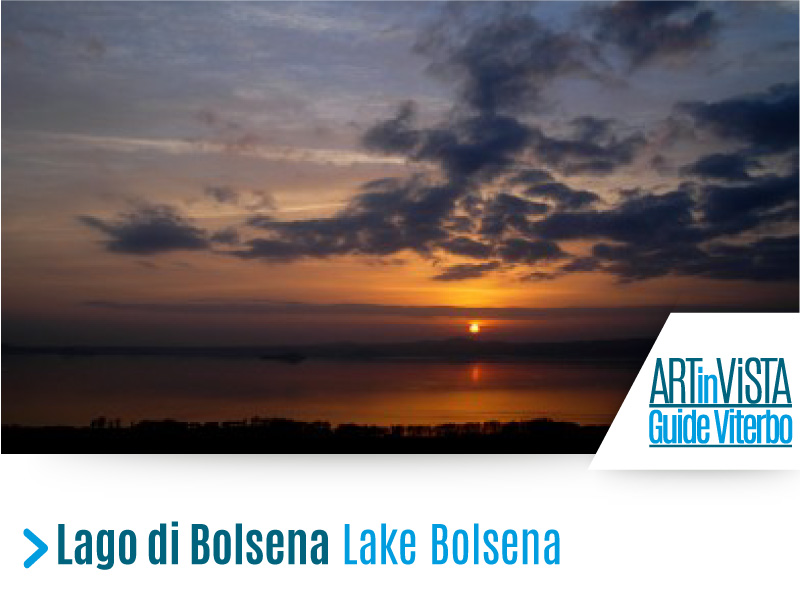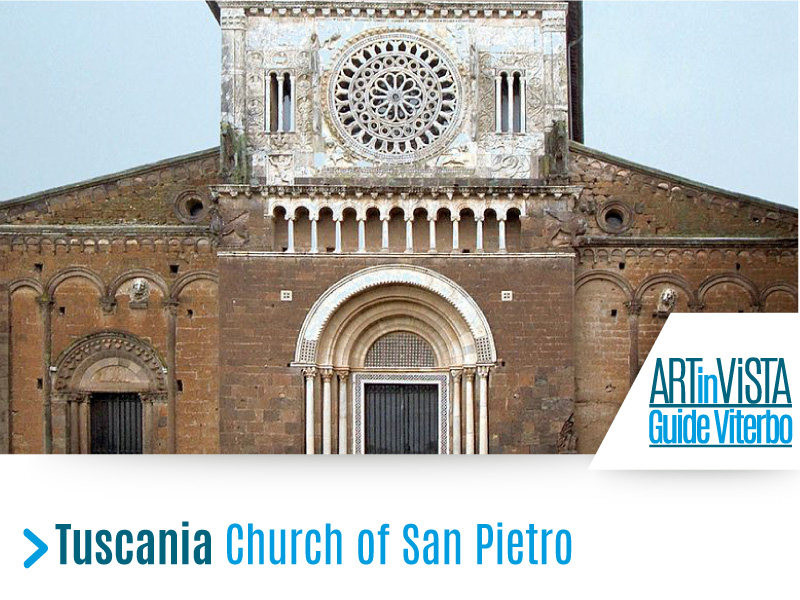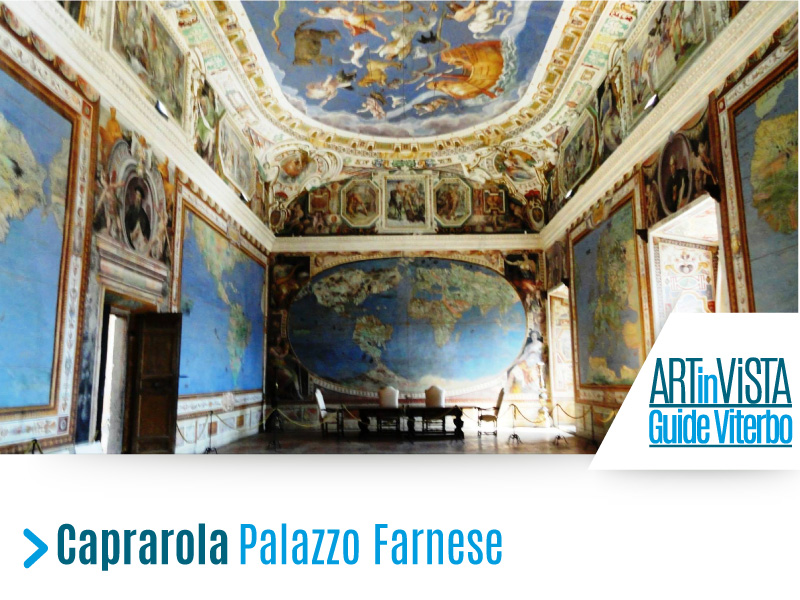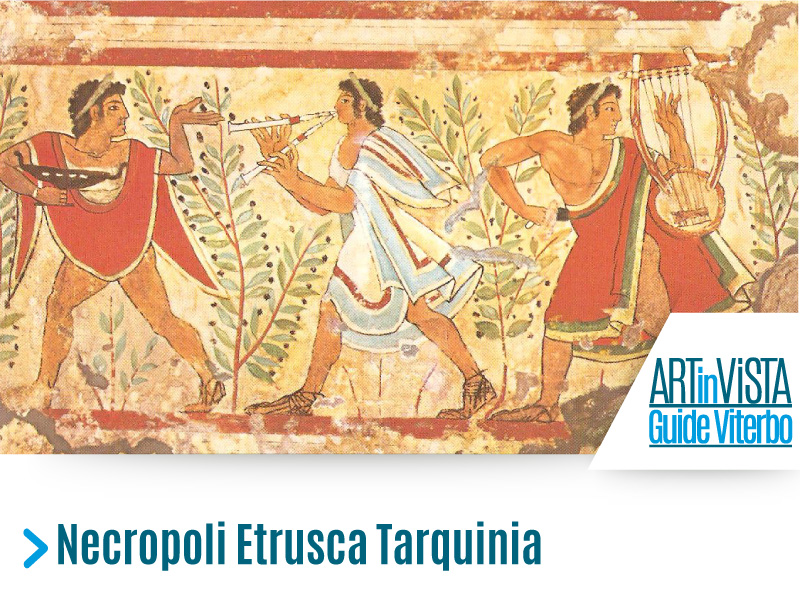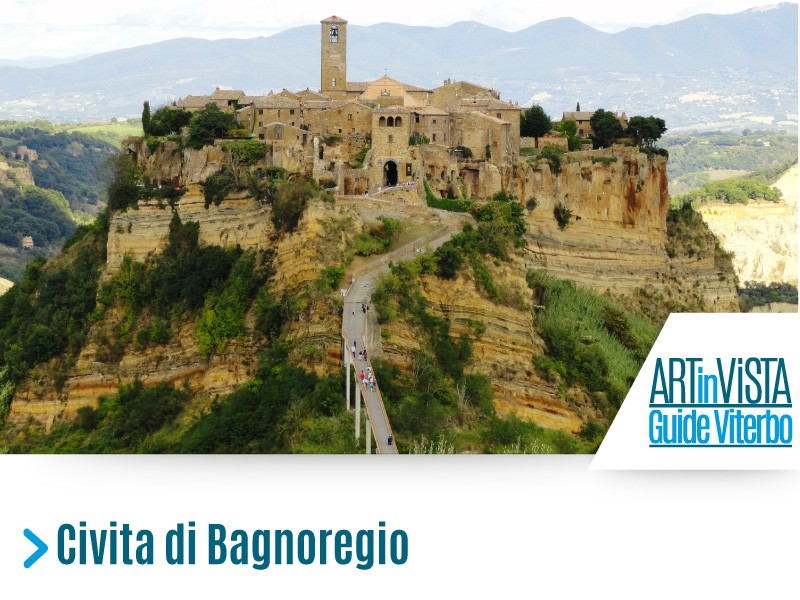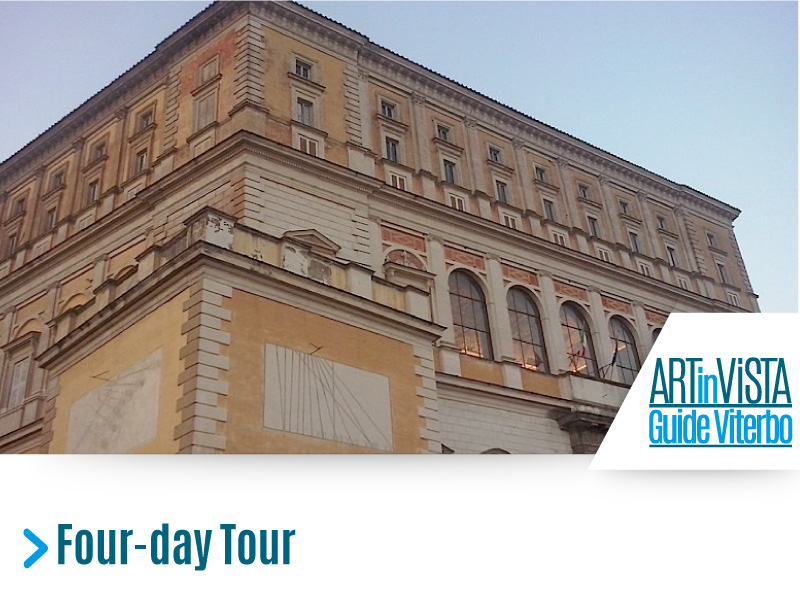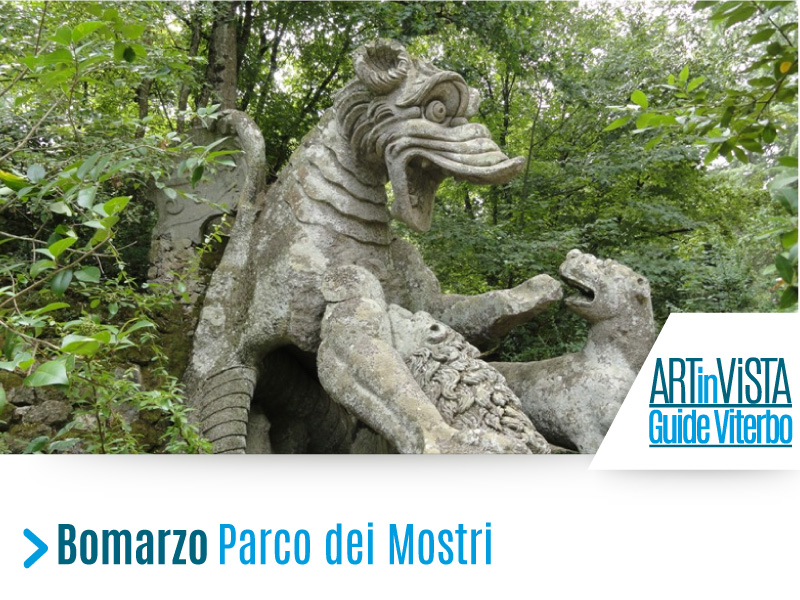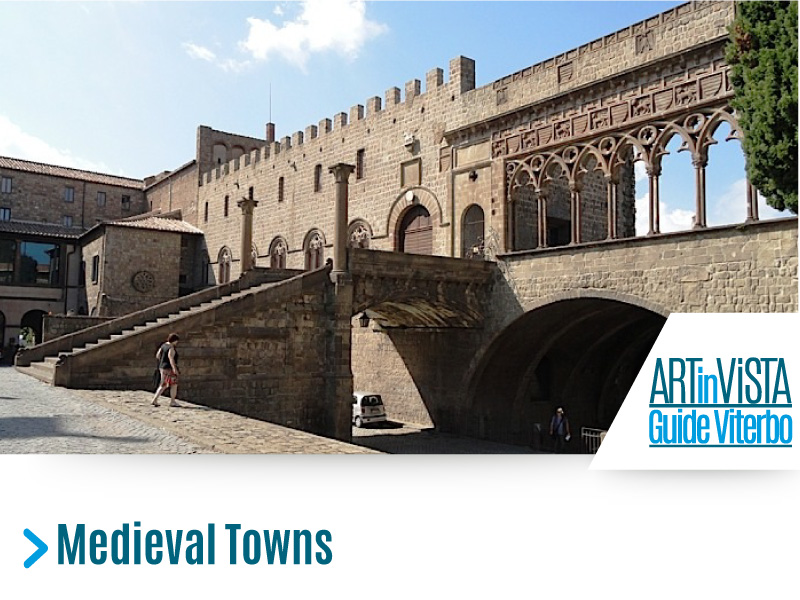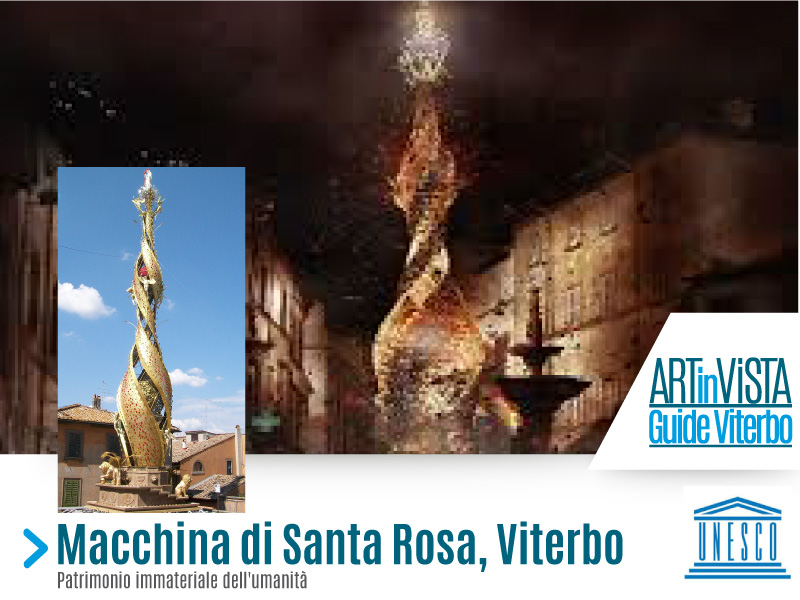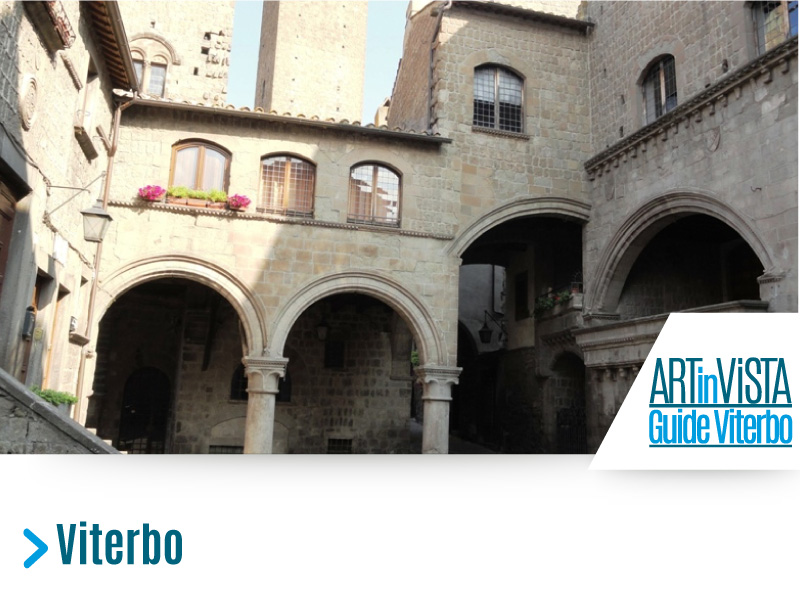 Viterbo is a charming medieval walled Town you will enjoy for its original aspect mainly characterized by Romanesque architecture and its authentic atmosphere of Medieval Times. During our guided walk you will see architectures erected between the 11th and 13th century, such as noble houses built in the typical style of this zone, towers soaring towards the sky, bridge-houses, many arched buildings, workshops, fountains sculpted into local volcanic stone. In interiors you will discover interesting medieval capitals inspired on Etruscan imaginary, frescoes and other paintings from the thirteenth up to the eighteenth century.
Viterbo is a charming medieval walled Town you will enjoy for its original aspect mainly characterized by Romanesque architecture and its authentic atmosphere of Medieval Times. During our guided walk you will see architectures erected between the 11th and 13th century, such as noble houses built in the typical style of this zone, towers soaring towards the sky, bridge-houses, many arched buildings, workshops, fountains sculpted into local volcanic stone. In interiors you will discover interesting medieval capitals inspired on Etruscan imaginary, frescoes and other paintings from the thirteenth up to the eighteenth century.
The classical itinerary includes the main monuments of Viterbo, but it may be customised suiting your needs, whole itinerary lasting 3 H.
Our guided walk starts in ‘Piazza del Plebiscito’ where is located Palazzo dei Priori, Prior’s Palace (1460). We continue uphill in Via San Lorenzo which retraces the ancient Etruscan and Roman road leading to San Lorenzo Hill, the oldest inhabited nucleus of the medieval town. In Piazza San Lorenzo we will take into the San Lorenzo Cathedral (1292), you will also admire the Papal Palace (exterior, 1266) famous for its architecture and also known for the events of the longest Conclave in the history of the Catholic Church lasted 33 month (1268-1271). We will not miss the precious ‘Quartiere San Pellegrino,’ Pilgrims Quarter, a kind of residential zone dating back to the 13th century and entirely survived until now. You will be visiting the church of Santa Maria Nuova (1088), one of the most ancient one of the town. On the way you will learn about Art, History, Archaeology, Legends, Myth and Traditions of Viterbo and if you like, you can stop for wine and food tasting too.
Viterbo had a great urban development between the end of the 12th and up to the end of the 13th century, it was a pretty modern and well-defended town located in strategic position not so far from Rome along the Cassia road, on the Papal State’s territory (752-1860). Popes, antipopes and Emperors come to stay in the town rich of both, fresh water and thermal water and surrounded by cultivated lands and woods for hunting. The most flourishing period in Viterbo’s history was the second half of the 13th century when the Pontifical Court in order to escape political instability moved from Rome to Vetus Urbs, so the town came to be an alternative place to the Eternal City, becoming a capital, centre of religious, cultural, political life of Europe. The Papal Palace (1266) is the most emblematic monument of that period, from it Pope Alexander IV pontiff guest of town rearranged the Guelph resistance in 1267. Although Viterbo is mainly known for its medieval quarters, it offers different worth mentioning sights.
You can take a special insight into Etruscan Civilisation of the surrounding areas of Viterbo, which took part of Southern Etruria, in the National Etruscan Museum of Viterbo which displays several reconstructions of princely Etruscan houses made with original materials. Guided visit of the Etruscan Museum lasts 2h ca, it isn’t included in the guided walk above.
Need to visit in the same day both, Viterbo and another of the following places?
Villa Lante, Bagnaia
Monster Park, Bomarzo
Palazzo Farnese, Caprarola
Civita di Bagnoregio
Some kilometric distances:
Rome-Viterbo 84 km
Orvieto-Viterbo 44 km
Port of Rome, Civitavecchia – Viterbo 57 km
Have a look on Viterbo area’s top sites! (click the images)
